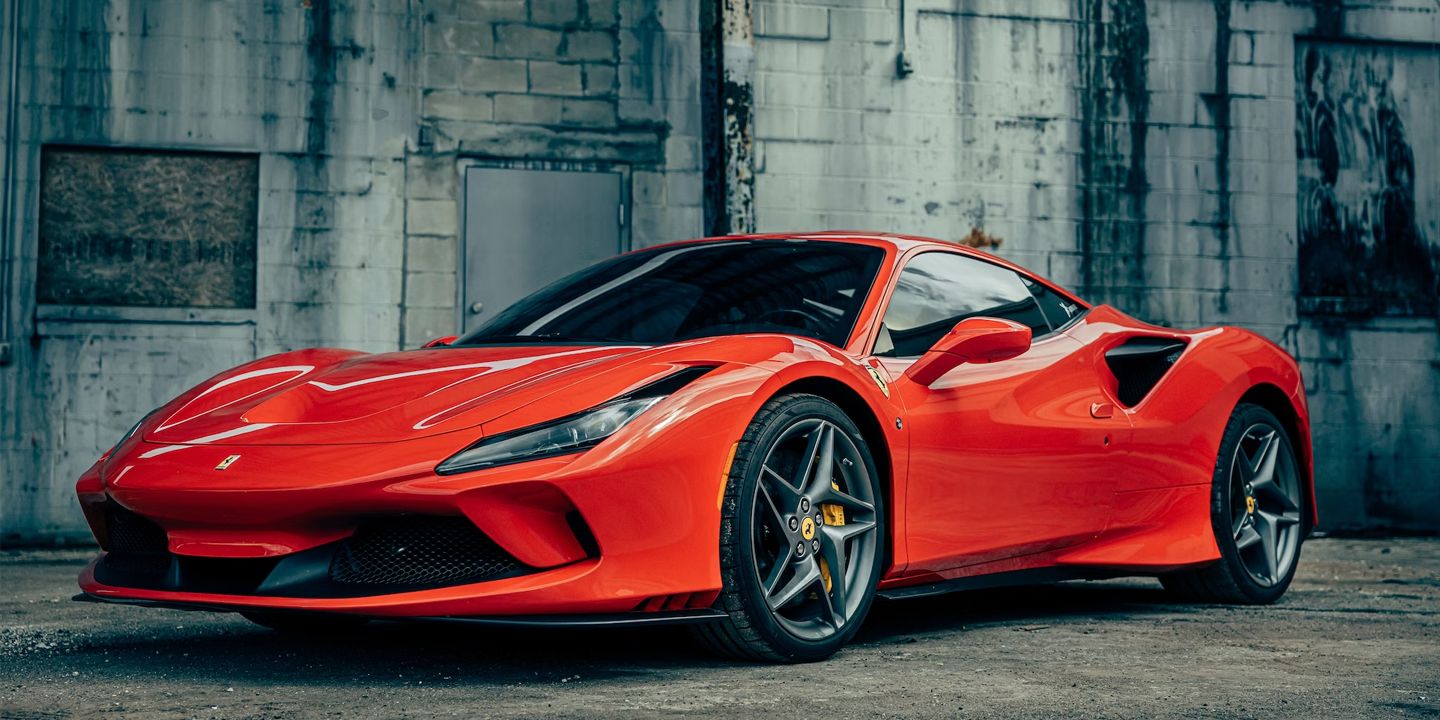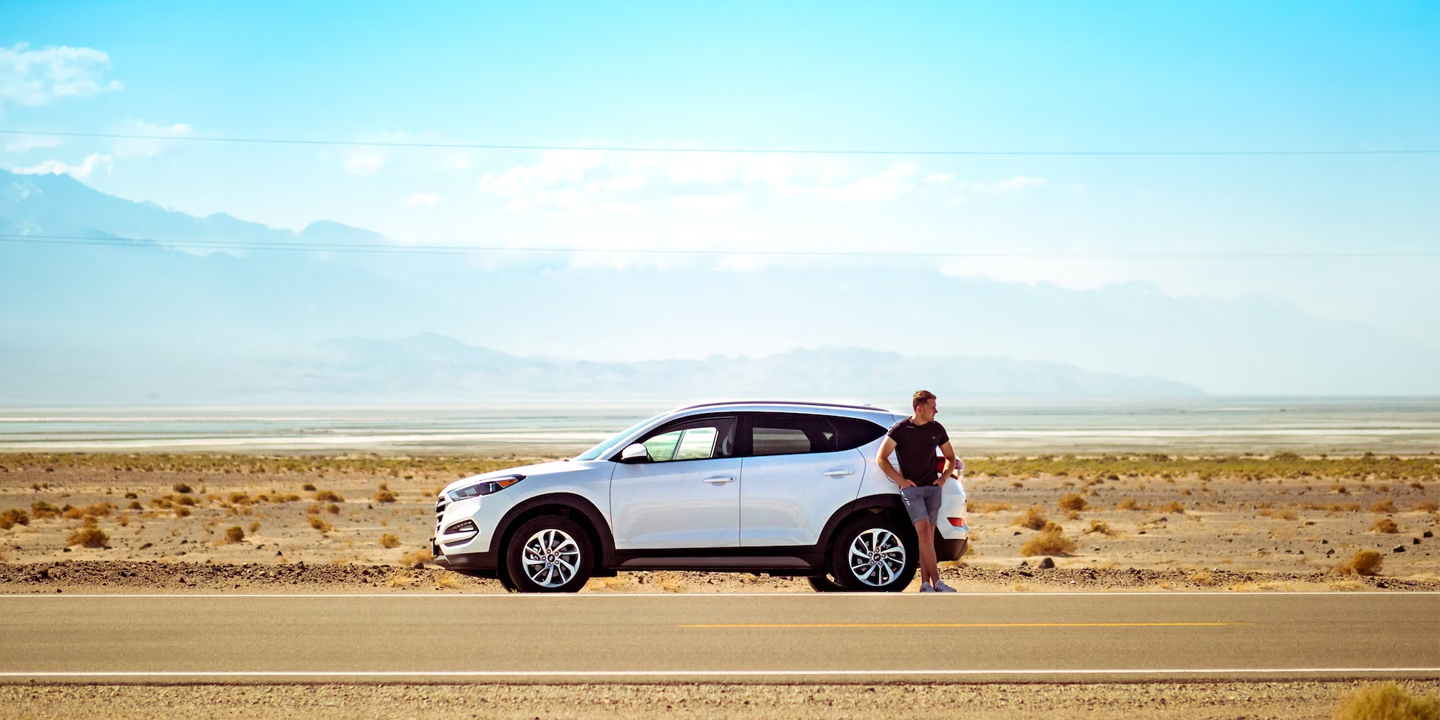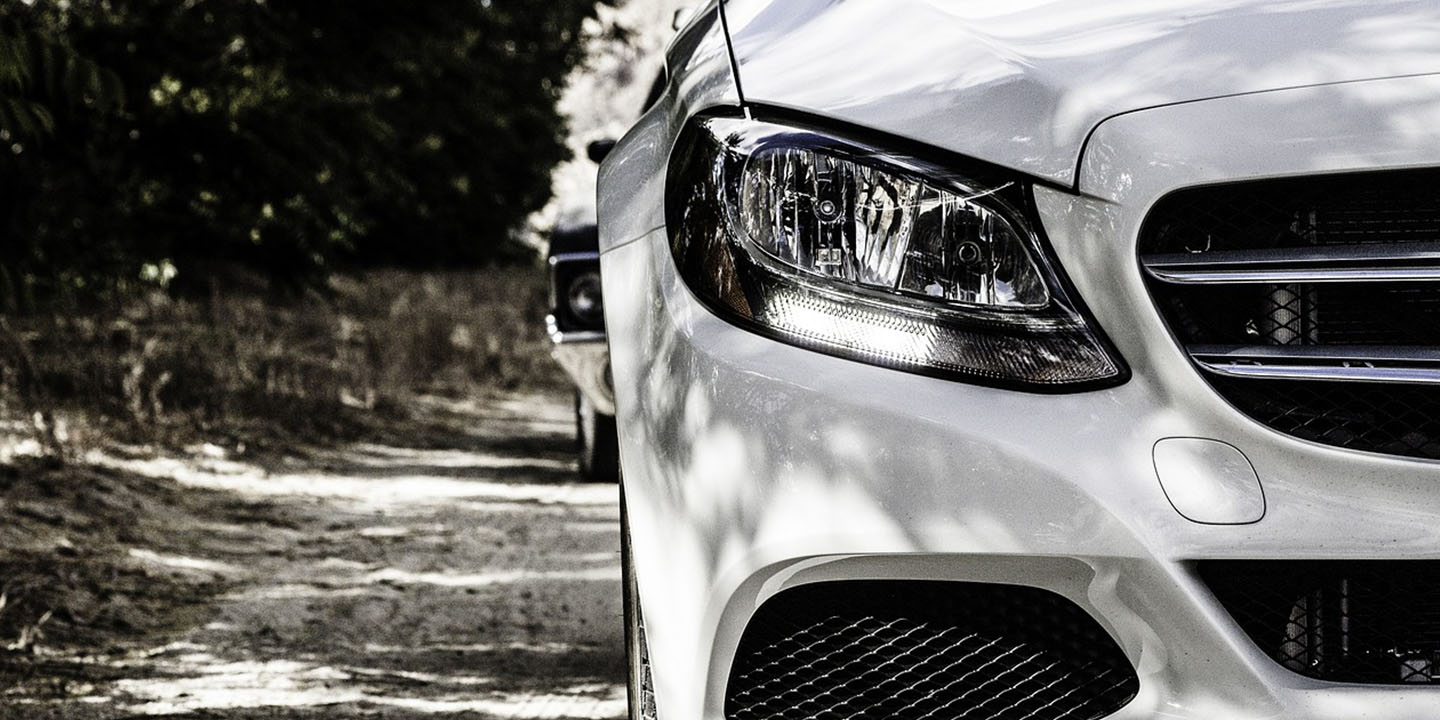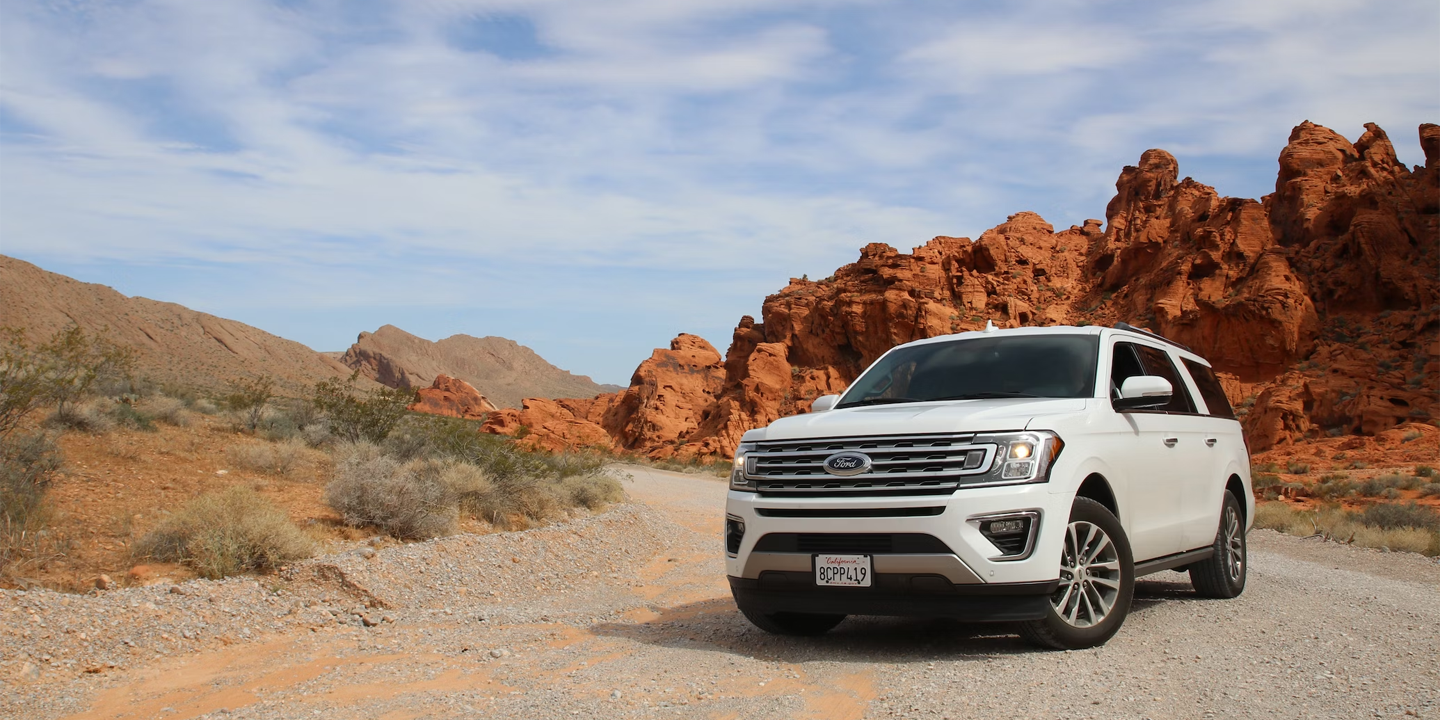The Time Machine That Stalled
One car achieved immortality through time travel while simultaneously destroying its maker's future. The DeLorean DMC-12 represents automotive history's greatest paradox—a commercial disaster that became a cultural phenomenon. John DeLorean's dream machine promised revolutionary innovation, but instead, it delivered a corporate catastrophe. With courtroom drama and controversial headlines, this vehicle's history is a chaotic ride from start to finish. Here are the 20 craziest facts you didn't know about the DeLorean!
1. Painted Using Stainless Steel
Forget paint—this car wore brushed stainless steel. It resisted rust but clung to fingerprints like a crime scene. Owners got polish kits to keep it clean, and as painting it voided the warranty, most proudly kept the bold, bare-metal look.
2. Visioneering Prototype Cost $750,000
To impress at the 1980 NADA auto show, DMC spent $750,000 to build a prototype with stainless-steel panels mounted on a Lotus chassis. That show car became the blueprint for production cars and remains one of the most expensive prototypes ever made.
 1981 Delorean DMC-12 - Live the dream by Two Guys and a Ride
1981 Delorean DMC-12 - Live the dream by Two Guys and a Ride
3. Gold Models For The Wealthy
In 1980, American Express sold gold-plated DeLoreans through its catalog. Yes, actual 24K gold on the body! Only two were fully completed, and they cost about $220,000 each today. Both still exist and can be found gleaming under museum lights.
 Tobias Haase from Hanover, Germany on Wikimedia
Tobias Haase from Hanover, Germany on Wikimedia
4. Studio Said “No” At First
In early drafts of Back to the Future, the time machine was going to be a refrigerator. The DeLorean nearly missed its Hollywood destiny until its space-age gullwings won over the filmmakers and became one of the most iconic movie props of all time.
5. Movie Versions Cost More
The cars used in Back to the Future were tricked out with flux capacitors, glowing tubes, and fog systems. Several were destroyed during filming, and the survivors have sold for half a million, making them more expensive than many supercars today.
6. John DeLorean’s Arrest Sealed The Car’s Fate
In 1982, John DeLorean was caught in a $24 million sting operation. He claimed FBI entrapment and was acquitted, but the scandal sent investors running. Within months, the company collapsed, taking the DMC-12 down with it.
7. Planned Airbags, Years Too Early
Long before they were standard, DeLorean wanted airbags in his cars. The idea was scrapped only because it was too costly. Had it happened, the DMC-12 might have rewritten automotive safety history.
8. It Featured In A Music Video
A DeLorean once appeared in a Norwegian music video, Delorean Dynamite, that doubled as a sales listing. The car, lit in neon and surrounded by smoke effects, became both a prop and a product, blurring the line between entertainment and marketing.
 TODD TERJE - Delorean Dynamite (for sale) by Todd Terje
TODD TERJE - Delorean Dynamite (for sale) by Todd Terje
9. Rotary Engine Was Considered
One prototype had a rotary engine that would’ve made the car sound and feel wildly different. However, overheating was the issue that was never resolved. Almost no one outside the production team at the factory ever knew it existed.
10. Dash Law Limited The Speed
In the early '80s, U.S. law forced speedometers to max out at 85 mph to save fuel. The DMC-12 could go faster, but the gauge wouldn’t show it, so owners swapped in custom ones to see the truth.
 1982 DeLorean DMC-12 - Interior Driving by Sandbox Motors
1982 DeLorean DMC-12 - Interior Driving by Sandbox Motors
11. Fuel Tank In The Front Trunk
Yes, this car literally kept its fuel tank under the luggage compartment. That meant your suitcase sat inches from gallons of gasoline. Engineers swore it helped balance the weight, but critics called it a recipe for disaster.
 DeLorean fuel tank location by Does and DeLoreans
DeLorean fuel tank location by Does and DeLoreans
12. Fewer Than 6,500 Exist
Production ended at about 9,000 units, and the leftovers—some half-built—were later finished by Consolidated International. Thanks to the stainless steel, most units survived, creating a rare classic with an unusually high survival rate.
 Charles from Port Chester, New York on Wikimedia
Charles from Port Chester, New York on Wikimedia
13. Stainless Repairs With Scotch-Brite
Owners fixed scratches using Scotch-Brite pads, just like polishing a kitchen sink. For bigger damage, entire panels had to be removed. Since there was no paint to match, this odd repair method made it feel more like maintaining an appliance than a sports car.
 Matthew Bellemare on Wikimedia
Matthew Bellemare on Wikimedia
14. Prototype Had A Different Name
Before it became the DMC-12, the car carried the name “DSV-1,” short for DeLorean Safety Vehicle. The name reflected John DeLorean’s plan to build one of the safest cars in the world, but it vanished before production officially began.
 1976 Delorean Prototype by DtRockstar1
1976 Delorean Prototype by DtRockstar1
15. The Engine Was Swapped
Early prototypes used a Citroën CX engine, giving the car a completely different character. However, due to production concerns, the plan shifted to the Peugeot-Renault-Volvo V6 before launch. Had the Citroën motor stayed, the driving experience would have been dramatically different.
16. Wooden Coachbuilt Mock-Ups
Before the first steel panel was stamped, full-scale wooden mock-ups were built for design approval. These early models even carried “DSV” badges on the grille. Most were destroyed or lost, leaving only rare photos to prove they ever existed.
17. Spare Parts Were Stocked In A Vault
When the company folded, thousands of unused stainless panels and parts sat in storage in Belfast for decades. These stockpiles later became a treasure trove for restorers. They allowed them to rebuild cars with original components long after production stopped.
 CAR WIZARD Unpacks a Treasure Trove of New Parts for Hoovies Delorean
CAR WIZARD Unpacks a Treasure Trove of New Parts for Hoovies Delorean
18. 1.21 Gigawatt Electric Conversion
In 2010, as a marketing gimmick, a custom-built electric DeLorean claimed to produce a “1.21 gigawatt” power output as a Back to the Future tribute. It sped up from 0–60 mph in just over four seconds and was showcased at a European film festival.
 The Conmunity - Pop Culture Geek from Los Angeles, CA, USA on Wikimedia
The Conmunity - Pop Culture Geek from Los Angeles, CA, USA on Wikimedia
19. Twin-Turbo V6 Prototype Beat Ferraris
By the end of production, engineers developed a twin‑turbo PRV V6 that shredded the car’s underpowered reputation. In tests, the DeLorean outran both a Ferrari 308 and a Porsche 928—0–60 mph in just 5.8 seconds—then never reached production.
20. A Dropped Elastic Plastic Chassis Plan
John DeLorean once dreamed up a unique chassis for this car, using Elastic Reservoir Molding. Under pressure, it would bend and bounce back like memory foam. Wild and futuristic! But costs skyrocketed, and mass production wasn't ready for it.
 DeLorean | The Real Story PT.2 | John DeLorean DMC by Petersen Automotive Museum
DeLorean | The Real Story PT.2 | John DeLorean DMC by Petersen Automotive Museum

















